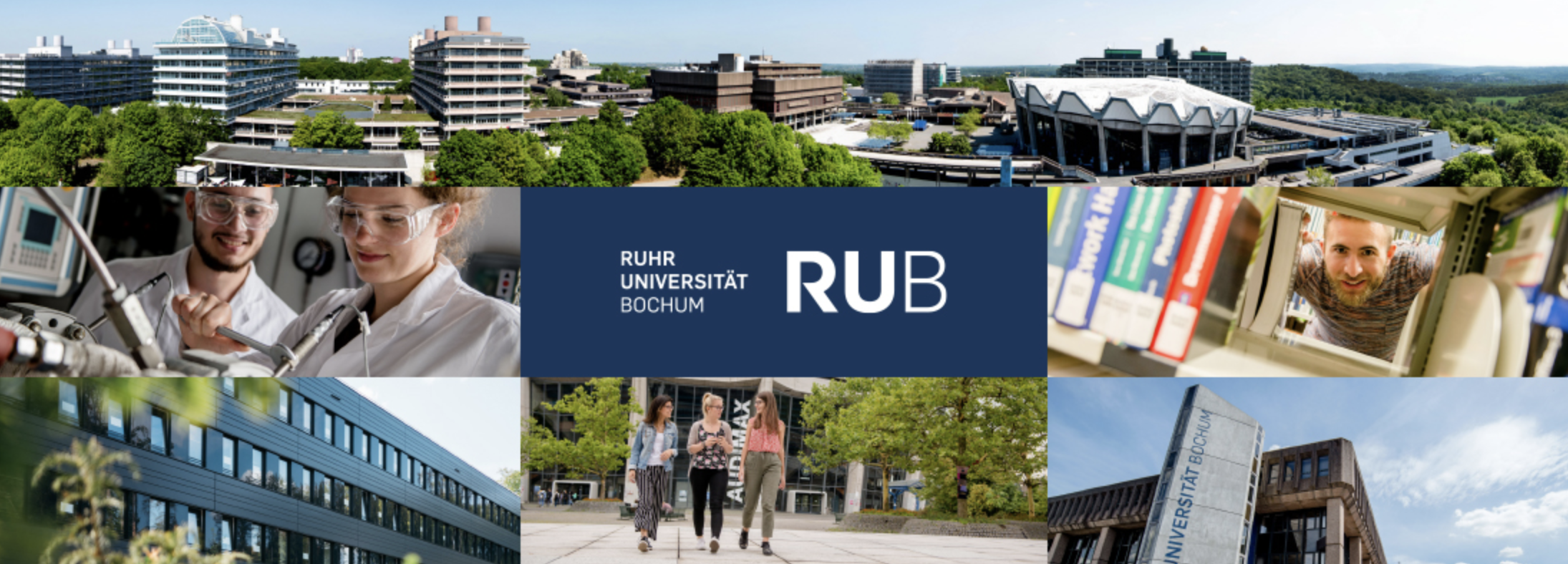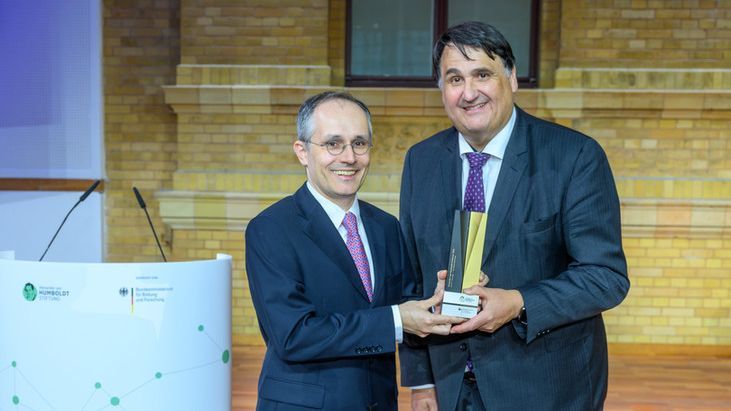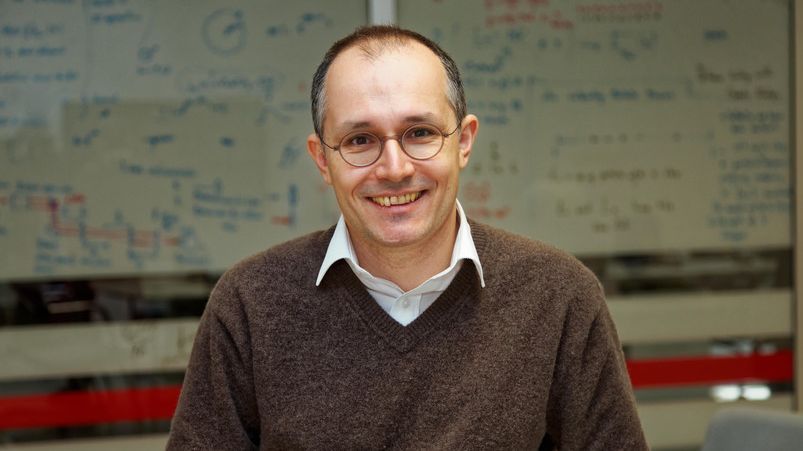"When I look at how structure and functionality arise in nature, the role of emergent phenomena is inspiring. Despite the gloom of the second law of thermodynamics, order is ubiquitous, from pattern formation in an inanimate sand pile to primitive life forms all the way up, in complexity, to the primate brain and human social constructs. Their degree of complexity forms a continuum from static patterns to dynamic adaptive complexity. Even the simplest forms of nonlinearity, reinforced with iteration, can reveal surprising beauty. The richness increases qualitatively when the dynamics are extended in space and when random fluctuations are included, leading us into uncharted territories with many open questions. My long-term scientific goal is to understand emergent phenomena. I am driven by curiosity and a sense of adventure that nonlinear emergence instills in me. However, there is also a practical aspect to this pursuit. There have always been challenges that resist standard engineering solutions, sometimes for decades. Invariably, the root cause of these challenges turns out to be nonlinear. When this is the case, the solution necessitates nonlinear-systems thinking. We strive to solve these challenges by exploiting nonlinear effects to achieve results that were once considered impractical or impossible — this is what I colloquially refer to as Nonlinearity Engineering.
While Nonlinearity Engineering does not specifically favor any particular field or experimental platform, we focus on laser physics and complex laser-matter interactions. In addition to historical reasons and a dose of serendipity, three reasons support this choice: (i) Nonlinearities are easily invoked in laser-matter interactions; (ii) laser light can induce the sharpest and most precise thermal gradients that drive self-organization; (iii) laser light can uniquely be described classically, quantum mechanically, and even field-theoretically, which facilitates the construction of formal analogies to other branches of physics. As we wrote elsewhere (Nature Photonics, 2013), “Analogies offer valuable insights because they can help identify the few critical commonalities that are essential to a process; the numerous differences that exist between the systems are actually superfluous.” Analogies are a much-needed compass when navigating uncharted territories. Our research is equally theoretical and experimental, with much iteration and mutual feedback. We believe in the power of simplified models that capture the essential aspects of nonlinear dynamics. Also known as 'toy theories,' these models peel away all non-critical details, making them comprehensible yet inherently nonlinear representations of the phenomenon at hand. We validate these models experimentally and provide proof-of-principle demonstrations of their practical applications. Experimentally, we explore not only laser-matter interactions but also develop novel lasers that we, in turn, use in these interactions.
While driven by curiosity, our goals extend beyond expanding scientific knowledge; we aspire to have a positive impact on society by driving technological progress, be it development of new lasers or laser surgery. It is fair to say that our research encompasses both a pursuit of fundamental understanding and technological innovation, whether it involves new regimes of laser modelocking, statistical physics of self-organization, surgical applications, or holography. If it sounds like you could be passionately interested in any of the above, please do not hesitate to contact me directly."
News

Job opening for postdoctoral researcher (m/f/d) focusing on ultrafast laser physics
NLE is dedicated to exploring the fundamentals, as well as practical imlementation of how to design and experimentally realize nonlinear systems to…
Read more

Workshop "Complex Optics and Modelocking: Synergies on the Horizon" on 22. November.
Modelocking enables the generation of ultrashort pulses of light from laser cavities, a breakthrough that has led to four Nobel Prizes. The process of…
Read more
![[Translate to English:] [Translate to English:]](/fileadmin/_processed_/b/b/csm_nature_photon_image_0dfd84f986.png)
New publication in Nature Photonics titled "Driven by feedback, unlimited by diffraction".
By exploiting nonlinear feedback arising from the interaction of ultrafast laser pulses, self-organized nanolines that appear to defy the limits of…
Read more

Ömer Ilday erhält Alexander von Humboldt-Professur
Die Bundesministerin für Bildung und Forschung Bettina Stark-Watzinger und der Präsident der Alexander von Humboldt-Stiftung Prof. Dr. Robert Schlögl…
Read more

New co-optations: Prof. Dr. Serim Ilday and Humboldt Professor Prof. Dr. F. Ömer Ilday
On January 31, the Faculty Council of the Faculty of Physics and Astronomy approved the co-optations of Prof. Dr. Serim Ilday and Prof. Dr. F. Ömer…
Read more

F. Ömer Ilday comes to Ruhr University
The renowned physicist receives the most highly endowed research award in Germany. In Bochum, he is to open up new fields of research in materials…
Read more

Alexander von Humboldt Professorship 2024 Fatih Ömer İlday
F. Ömer İlday has played a seminal role in developing ultrafast laser technology, transforming the field of non-linear laser-matter interactions in…
Read more

Dr. Ilday bringt ERC Advanced Grant, UniLase, an die Ruhr-Universität
F. Ömer İlday promovierte 2003 an der Cornell University, Ithaca, USA, und arbeitete ab 2003 als Postdoc und ab 2005 als Forschungswissenschaftler am…
Read more

